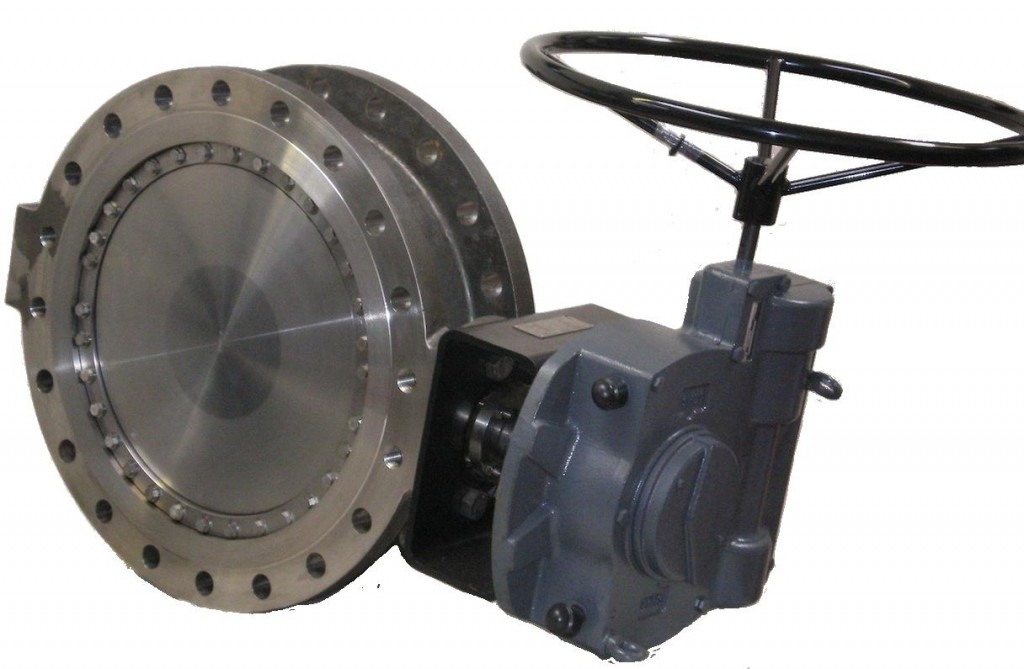Which Metals to use in the Design and Manufacture of Butterfly Valves?
There is a lot to consider when deciding which metals to use in the design and manufacture of butterfly valves. Manufacturers need to balance functionality and suitability with cost and longevity. In fact there is so much to consider, Hobbs Valve employ their own Doctor in Metallurgy, Dr. Richard Carbin, to ensure only the best choices are made for their triple offset butterfly valves.
Dr. Richard Carbin is an ‘Expert in Metallurgy’ in our Solution Centre. To ask him a technical question, send an enquiry or visit our Solution Centre.
Below is a list of typical considerations any Butterfly Valve manufacturer such as Hobbs Valve take into account when designing their range of valves.
Which metals are suited to highly corrosive environments?
Titanium Alloys have excellent corrosion resistance. Similarly to stainless steel, titanium alloys gain their corrosion resistance by the development of a protective oxide layer on its surface.
Nickel Aluminium Bronze is another metal that provides excellent corrosion resistance, especially in seawater applications. The metal strongly resists the formation of a bio-film, which is what generally causes the corrosion problems with stainless steel.
Finally, Nickel Alloys are often used in valve components where severe service conditions are encountered. So they might be used in applications where stainless steel valves suffer corrosion due to the protective oxide layer being broken down.
Which metals are not suited to corrosive environments?
Carbon Steels have a poor corrosion resistance. Corrosion resistance can be increased by providing a surface protection such as paint, but the line media must not have the tendency to corrode the valve from the inside.
Which metals are best to use with Seawater?
Titanium Alloys offer excellent resistance to corrosion by seawater. The protective oxide layer prevents corrosion from seawater, especially in applications where hypochlorite is present to prevent biofouling.
As mentioned above, Nickel Aluminium Bronze is another metal that provides excellent corrosion resistance against seawater. However, it is worth noting that NAB is more adonic than other metals and so if coupled to a stainless steel pipe then corrosion of the valve could occur rapidly.
What are the most common grades of stainless steel for valve construction?
For valve construction, the most common grades are Austenitic and Duplex. Austenitic stainless steels are tougher and more ductile. They contain elements of nickel, which allows this tough austenitic structure to be maintained even at very low temperatures. Duplex stainless steel contains a balanced structure of both austenitic face-centred cubic and ferritic body-centred structure of iron. The result is an alloy that combines the strength of ferrite with the toughness of austenite.
To understand more about different grades of stainless steel and the difference in structures, please read ‘Common materials used in butterfly valve manufacture ’.
What are the most expensive metals?
A huge disadvantage of working with Titanium Alloys is their cost – they are around 10 times more expensive than basic stainless steels and or nickel aluminum bronze. They are also expensive to process due to its highly reactive nature; special casting techniques are required to prevent reaction with oxygen during melting and pouring.
Dr. Richard Carbin will be providing regular articles discussing the advantages and disadvantages of particular metals, as well frequently asked questions. If you have a specific question, either leave a comment on this article or ask the Dr. directly in our Solution Centre.
Get the latest process industry news
Interested in receiving even more industry-leading news from Process Industry Forum delivered directly to your inbox? Then sign up to our free newsletter. Bringing you the latest news, trends, innovations and opinion from across the process industry, our exclusive newsletter gives you all the industry insights of the moment in one, easy-to-digest bulletin. Stay ahead of the competition with regular process industry news instalments from PIF.


